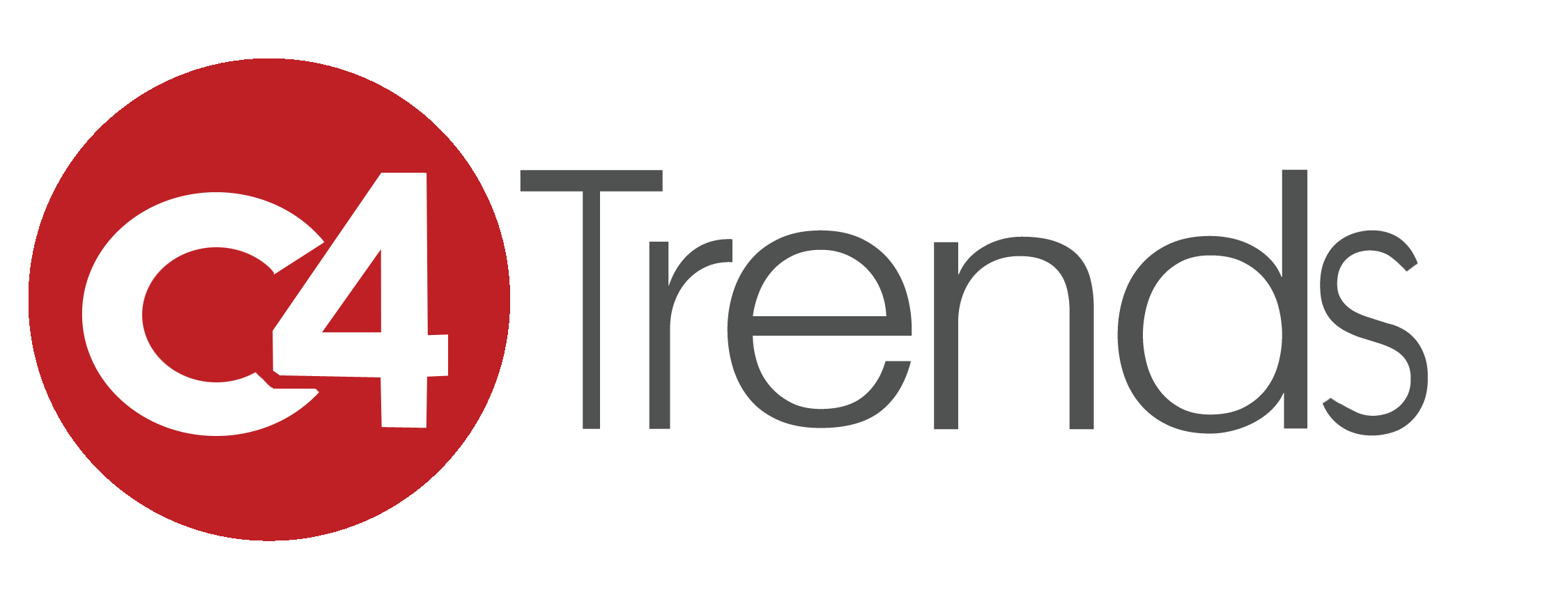 This year it was clear that one of the real values of the 2014 International CES is its role as an important venue for collaboration across companies and industries, and that this is a new way of doing business.
This year it was clear that one of the real values of the 2014 International CES is its role as an important venue for collaboration across companies and industries, and that this is a new way of doing business.
Historically, collaborations at CES tend to be about bilateral company deals such as large OEMs selecting a particular chip or software program within the traditional CE ecosystem. Often, press releases by smaller companies tout their alliances with a major CE company. While that’s still an important aspect, we are now seeing a shift towards inter- industry collaboration. A prime example is the enduring alliance between Hollywood studios and CE manufacturers to develop the Beta/VHS/CD/DVD/Blu- ray formats—and in the music sphere, compact cassettes, CDs and online media libraries.
But the nature of the new inter-industry alliances are fundamentally different— they reflect a world in which devices are interdependent on a variety of technologies that simply transcend CE. This is a new era where products communicate and are controllable through the Web. There was also an increase in the velocity of collaboration announcements at CES, involving industries that usually are not part of the CE ecosystem and are relying on a browser and cloud access.
A slew of alliances and categories were announced like Cisco, Clover and Bank of America rethinking the connected store, Panasonic partnering with Mozilla to bring the Firefox OS to Panasonic smart TVs, and Valve upending the game industry when it announced partnerships with a dozen hardware partners to make variations of it Linux-bases Steam Machine hardware, optimized for the Steam computer gaming platform.
However, the top three collaboration categories that stood out were: Ultra High-Definition, automobiles and wearables. These categories are capturing the imagination of consumers and the expanding B2B ecosystem.
UltraHD Alliances
Important alliances took place at CES between CE players such as LG, Samsung and Sony — with content providers like M-GO, Netflix, Comcast/NBC Universal, DirecTV, Amazon, Warner Bros Lionsgate, 20th Century Fox, Discovery, YouTube, Vimeo and Paramount. High-resolution content is central to making a compelling value proposition as consumers begin to look to replace their flat screens with Ultra HDTVs.
What was new about these alliances is that instead of relying on physical media, the content providers will enable access to their content over the Internet, using streaming media providers such as Amazon and Netflix, and accessed via Internet-capable smart TVs. However, there was almost no public discussion of Hollywood studios providing Ultra HD format optical disks.
Auto Alliances
Automakers are teaming with tech companies to ensure that consumers are connected, even while driving. There were multiple announcements by Audi, BMW, Ducati (Lamborghini), Ford, GM, Mazda, Mercedes and Volvo with partners like AT&T, Cosworth, Element Case, Ericsson, Google, Honda, Hyundai, Nest, Nvidia, OpenCar, Pebble Technology, Rightware, Samsung and Spotify. And the Open Automotive Alliance says it will work to “advance the uses of Android in connected cars.” The end result:automobiles will become another connected CE device.
Wearable-Fashion Alliances
The mobile health (mHealth) movement is seeing the emergence of the ‘wearables’ category, in which embedded sensors, electronics and mobile transmitters enable continual low-cost monitoring or tracking of biological functions. We are seeing the start of Borg-like devices such as Google Glass, which augment human capabilities by providing heads-up display of information or augmented reality experiences coming from companies like Vuzix.
Intel’s collaborations at CES focused on wearable tech with major fashion industry players that include Opening Ceremony, Barneys New York and the Council of Fashion Designers of America (CFDA). The goal? A “smart bracelet” designed by Opening Ceremony, powered by Intel technology and sold exclusively, this autumn, at Barneys New York. FitBit and Tory Burch also have plans for bracelts and wristbands; and Heapsylon with Vivo — for running shoes.
Going forward, CES will continue to be a place for inter-industry alliances that involve the Internet of Things.
Keep the conversation going at susan at c4trends (dot) com.

